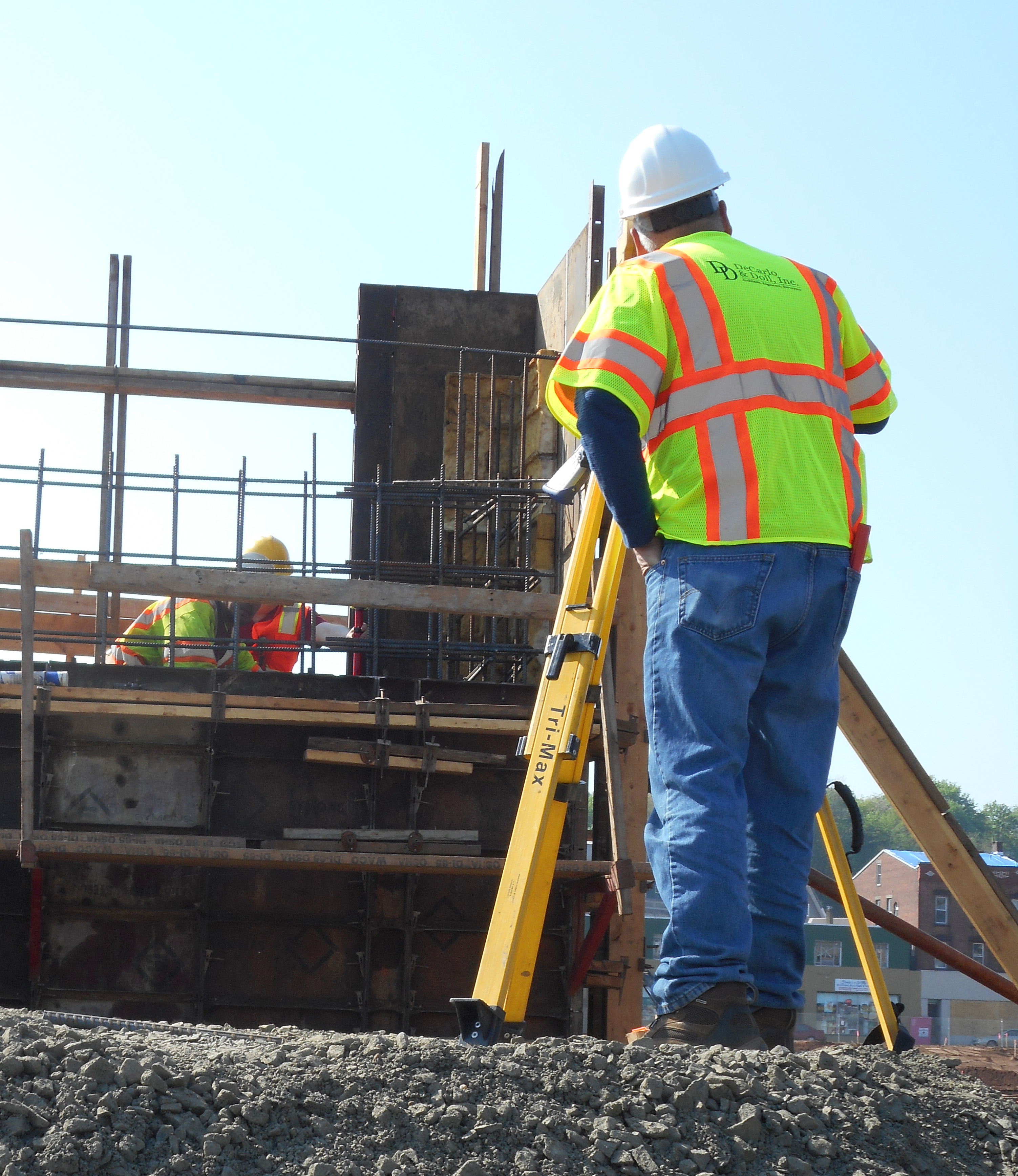In the current rapid world, the need for accurate and trustworthy surveying services has become increasingly critical. As Land Survey Basildon speeding up and land use becoming more complex, professionals in the field are rising to provide innovative solutions that cater to contemporary project demands. Whether it’s a residential construction site or a large-scale infrastructure project, grasping the subtleties of various surveying services can pave the way for favorable outcomes.
Since technology continues to evolve, so do the tools and methods employed by surveyors. From GPS and drone technology to innovative surveying software, the industry is experiencing a transformation that enhances precision and efficiency. In Land Survey Chelmsford , we will explore the basics of surveying services, discuss common misconceptions, and emphasize the importance of hiring a qualified surveyor. Come along as we delve into the top reasons to invest in quality surveying and examine the myriad ways it contributes to successful construction projects , property development, and land planning.
Key Benefits of Qualified Surveying
Expert surveying provides a strong foundation for any real estate or building project. One of the key benefits is the exact definition of property lines, which helps to prevent conflicts between adjacent property owners. This understanding not only protects personal property rights but also assures prospective buyers and investors that they are making informed decisions. By having exact boundary lines established, property owners can securely plan their developments, knowing clearly where their property exists and ends.
Another significant advantage of employing a expert surveyor is their expertise in multiple specialized surveys, such as topographic, ALTA/NSPS, and boundary surveys. Each type serves a specific purpose and is essential depending on the project's needs. Professionals bring their understanding of state regulations and standards, ensuring that all surveys adhere with legal obligations. This compliance reduces the possibility of future legal problems and delays, which can be financially burdensome and draining for property developers and homeowners alike.
Moreover, modern surveying increasingly makes use of advanced technology, such as Global Positioning System and drones, to enhance reliability and effectiveness. These tools not only allow for quicker data collection but also provide detailed insights that were not possible with old-fashioned methods. Utilizing technology ensures that surveyors can deliver extensive reports and visualize land features effectively, making it simpler for clients to understand survey results and make educated decisions regarding their properties and projects.
Types of Surveys and Their Importance
Surveys and evaluations are vital resources that help in multiple aspects of real estate, development, and site development. Every kind of survey serves a specific purpose and provides valuable insights. Property boundary surveys are crucial for establishing property lines and settling disputes, meanwhile topographical surveys assess the contours and features of the land, making them vital for construction and site design projects. ALTA/NSPS surveys merge thorough boundary information with extra data necessary for financial endorsement and securing property, showcasing the importance of precision in these specific surveys.
Grasping the different types of surveys allows property owners and developers to make knowledgeable decisions ahead of initiating any development. For instance, a land survey can help identify potential concerns such as infringements or easements that could influence future projects. Moreover, construction marking services guarantee that construction layouts are executed correctly on-site, lessening the hazard of financially damaging mistakes during the building phase. By having a complete understanding of what all survey entails, stakeholders can lessen risks and simplify the building process.
Moreover, the suitable survey type can save time and cost in the long run. For example, obtaining a flood elevation certificate can help property owners in comprehending potential threats and insurance requirements, while zoning compliance surveys guarantee that developments can proceed without delays due to legal issues. Ultimately, choosing the right survey type is essential for the achievement of any initiative, guiding decision-making and providing peace of mind for all parties.
Tech and Trends in Current Surveying
The land surveying sector is experiencing swift evolution thanks to innovations in technology. Unmanned Aerial Vehicles have revolutionized the manner assessments are performed, allowing for faster data collection over extensive areas with unprecedented precision. Equipped with high-res cameras and LiDAR sensors, UAVs can generate comprehensive topographical maps and 3D models, making them essential for land developers and construction projects. As Check out here , professionals are now able to complete surveys more quickly, lowering labor costs and boosting overall accuracy.
Alongside drones, GPS technology has considerably enhanced the capabilities of surveyors. Precision GPS devices allow surveyors to pinpoint coordinates with astonishing accuracy, resulting in more trustworthy data for boundary surveys, construction staking, and environmental assessments. This technology not only optimizes the surveying workflow but also aids mitigate potential disputes over land lines and easements, which can save property owners and developers a substantial deal of time and money.
A further trend reshaping the surveying landscape is the integration of software tools that facilitate data analysis and visualization. Geographic Information Systems (GIS) are increasingly being used to layer survey data with zoning information, flood zones, and other important features. This integration allows for a holistic understanding of land use and development potential. The use of such tech not only improves the decision-making process for developers and planners but also ensures compliance with regional regulations and zoning laws, ultimately promoting sustainable community growth.

